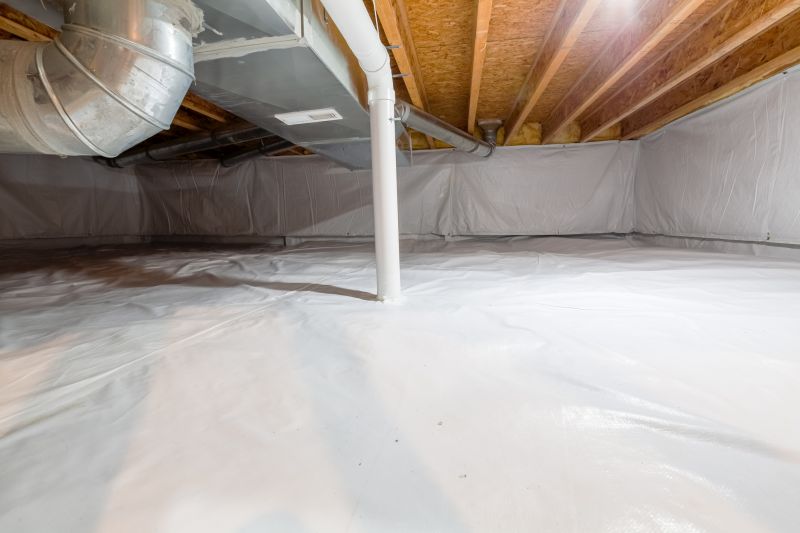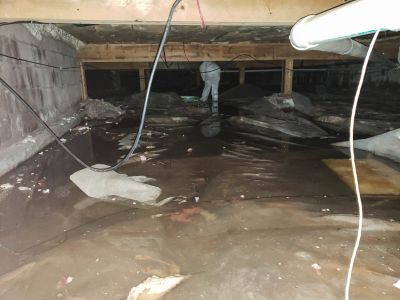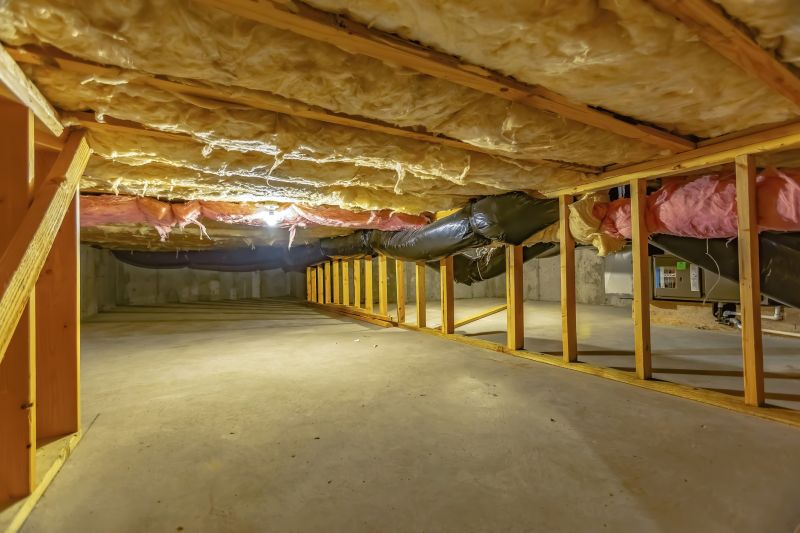Transform Your Crawlspace Into a Dry, Clean Space
Crawlspace encapsulation involves sealing and insulating the crawlspace to prevent moisture intrusion, improve air quality, and enhance home energy efficiency. Proper encapsulation can significantly reduce the risk of mold growth, wood rot, and pest infestations, which are common issues associated with unsealed crawlspaces.
Encapsulation prevents moisture buildup, reducing mold growth and structural damage caused by damp conditions.
Sealing the crawlspace helps maintain consistent indoor temperatures, lowering energy bills and improving comfort.
Reducing mold and dust mites in the crawlspace improves indoor air quality and promotes healthier living environments.




Failing to encapsulate a crawlspace can lead to numerous issues, including increased energy costs, mold growth, pest infestations, and structural deterioration. Studies show that homes with unsealed crawlspaces can experience up to 15% higher energy bills due to air leaks and heat loss. Additionally, moisture problems can cause wood rot and promote mold, which can impact indoor air quality and occupant health.
| Dangers of Not Encapsulating | Potential Consequences |
|---|---|
| Moisture Intrusion | Mold growth, wood rot, and structural damage |
| Air Leaks | Higher energy bills and reduced indoor comfort |
| Pest Infestations | Damage to insulation and structural components |
| Poor Indoor Air Quality | Respiratory issues and allergies |
| Structural Deterioration | Costly repairs and compromised safety |
| Increased Humidity | Condensation and mold proliferation |
| Temperature Fluctuations | Inconsistent indoor climate |
| Health Risks | Allergies and respiratory problems |
Interested in enhancing the safety and efficiency of a crawlspace? Fill out the contact form to receive a personalized quote for crawlspace encapsulation services and take the first step toward a healthier home environment.
